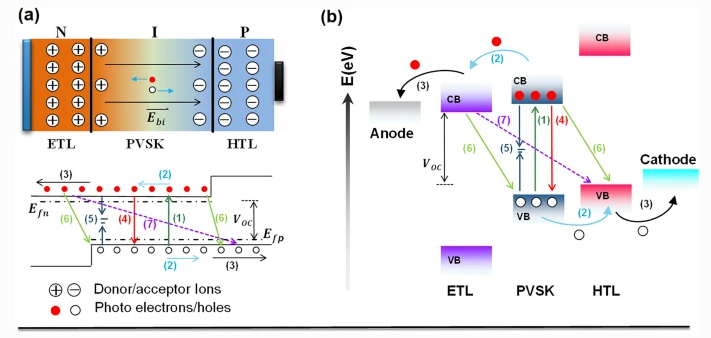Nowadays, the soar of photovoltaic performance of perovskite solar cells has set off a fever in the study of metal halide perovskite materials. The excellent optoelectronic properties and defect tolerance feature allow metal halide perovskite to be employed in a wide variety of applications. This article provides a holistic review over the current progress and future prospects of metal halide perovskite materials in representative promising applications, including traditional optoelectronic devices (solar cells, light-emitting diodes, photodetectors, lasers), and cutting-edge technologies in terms of neuromorphic devices (artificial synapses and memristors) and pressure-induced emission. This review highlights the fundamentals, the current progress and the remaining challenges for each application, aiming to provide a comprehensive overview of the development status and a navigation of future research for metal halide perovskite materials and devices.
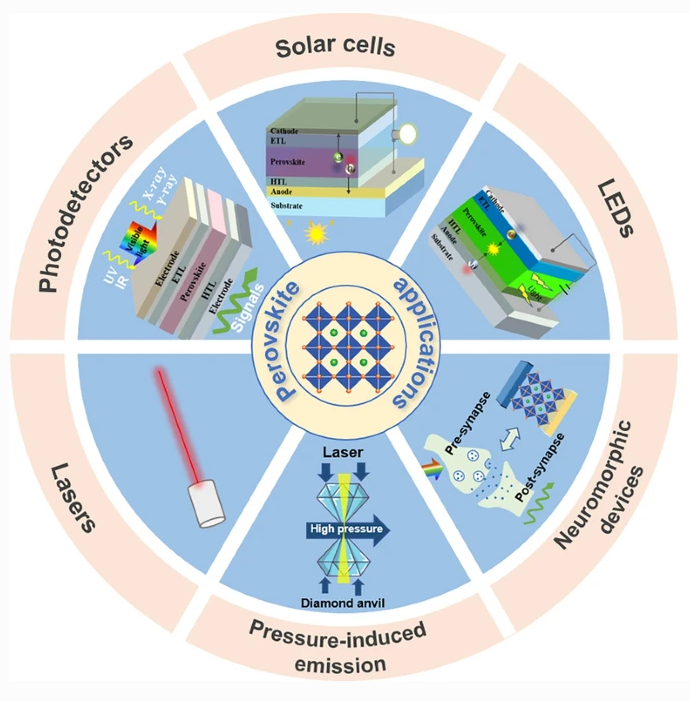
Highlights
A comprehensive summary of the representative promising applications of metal halide perovskite materials, including traditional optoelectronic devices (solar cells, light-emitting diodes, photodetectors, lasers), and cutting-edge technologies in terms of neuromorphic devices (artificial synapses and memristors) and pressure-induced emission.
For each application, the fundamentals of the field, the current progress and the remaining challenges are provided, based on the up-to-date works.
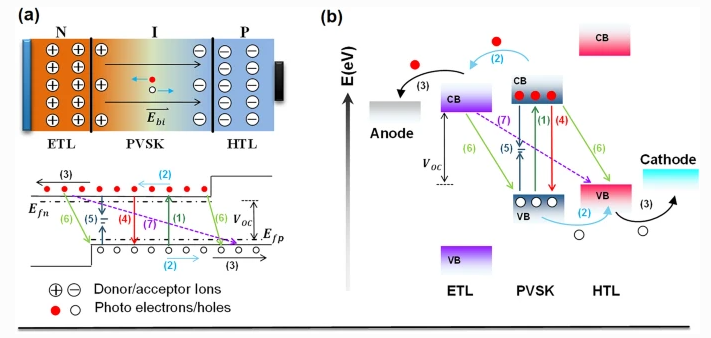
1. Schematic working principle in a P–I–N heterojunction and b perovskite solar cells
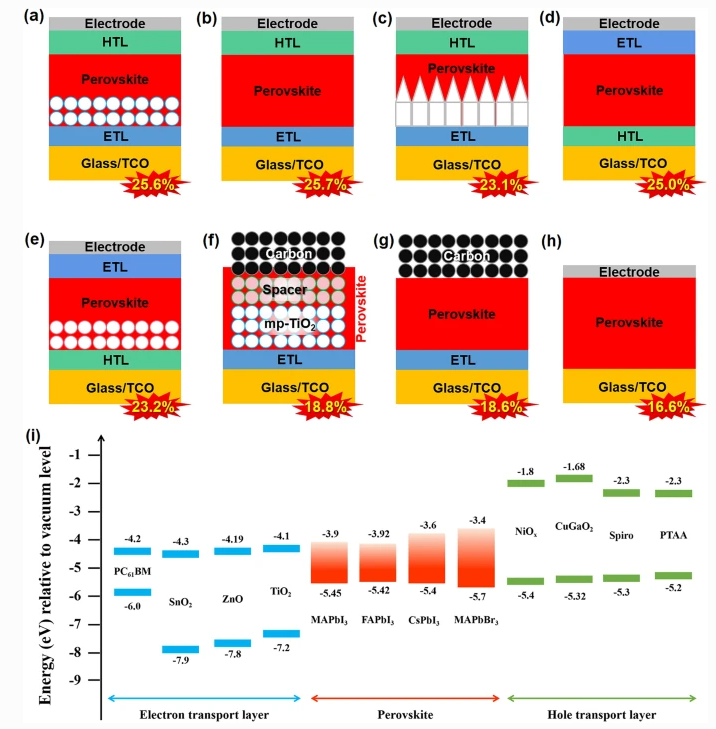
2. Schematic diagram of device architectures and energy level alignment.
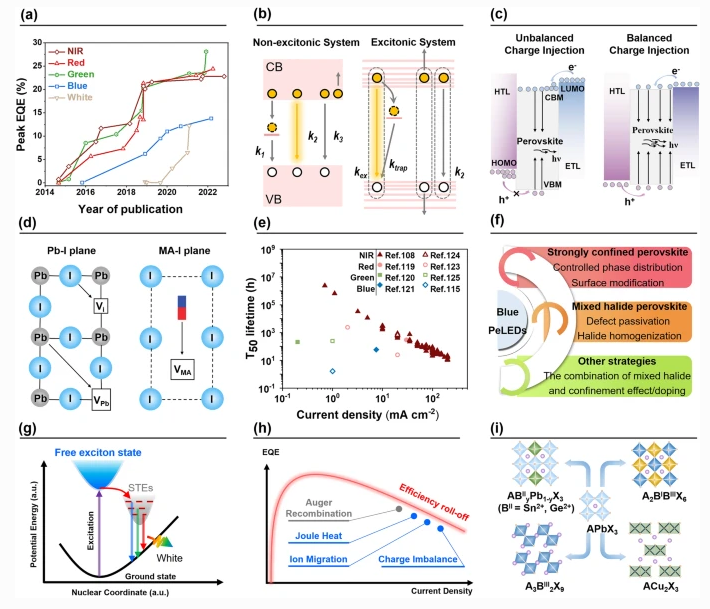
3. An Overview of the Field
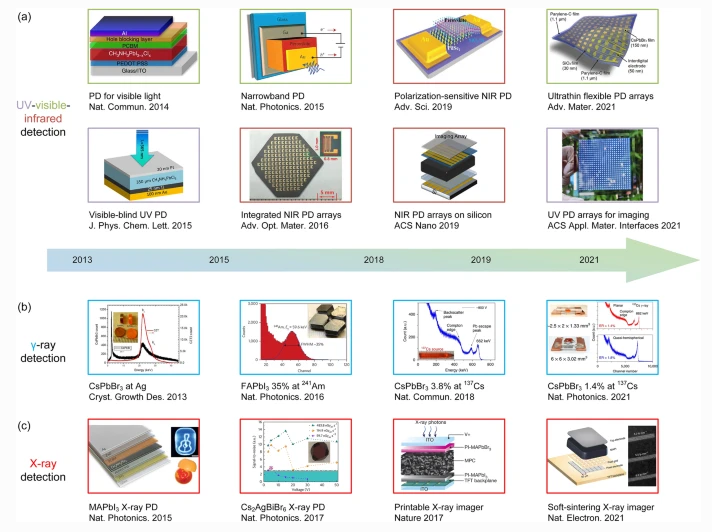
4. Gamma-ray Detectors
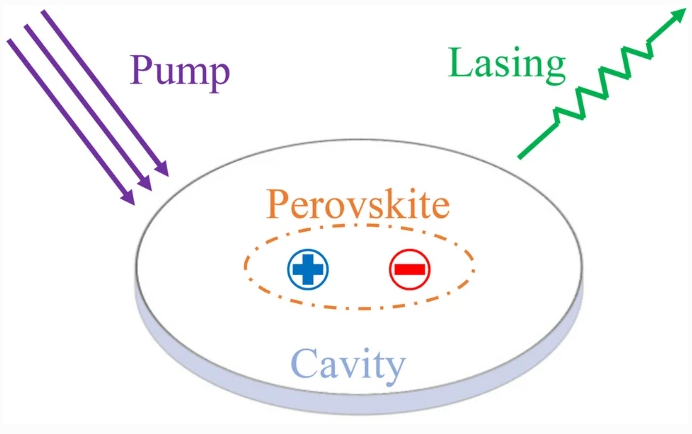
5. Schematic diagram of perovskite laser
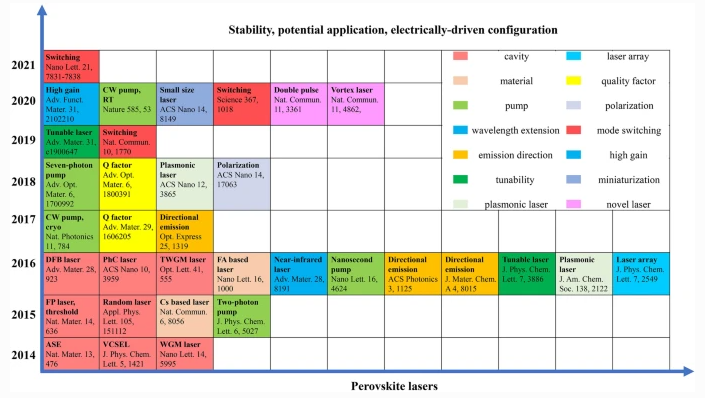
6. Progress timeline of perovskite lasers
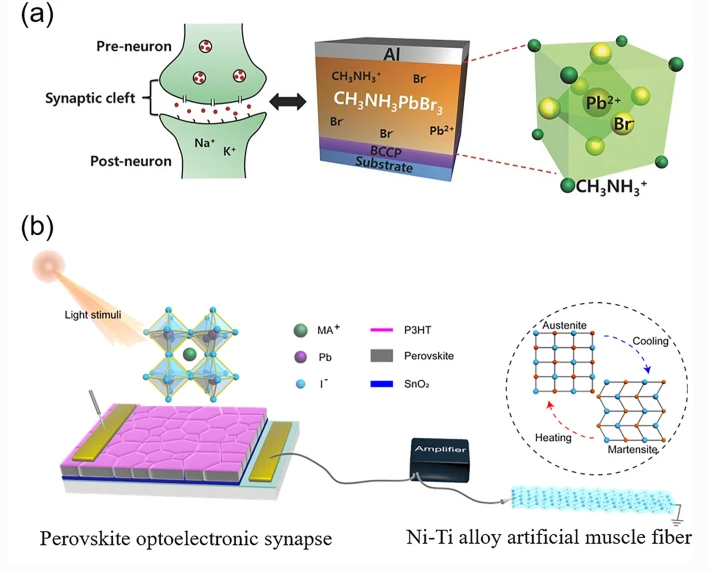
7. a Schematic demonstrations of CH3NH3PbBr3-based perovskite artificial synapse device. b Schematics of an artificial visual nerve mimicking pupil reflex.
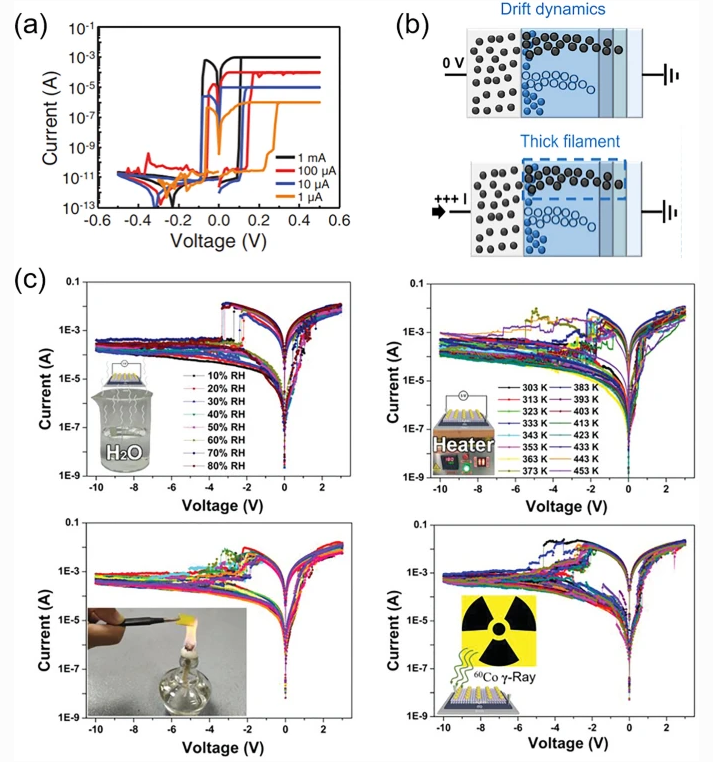
8. Perovskite-based Memristors
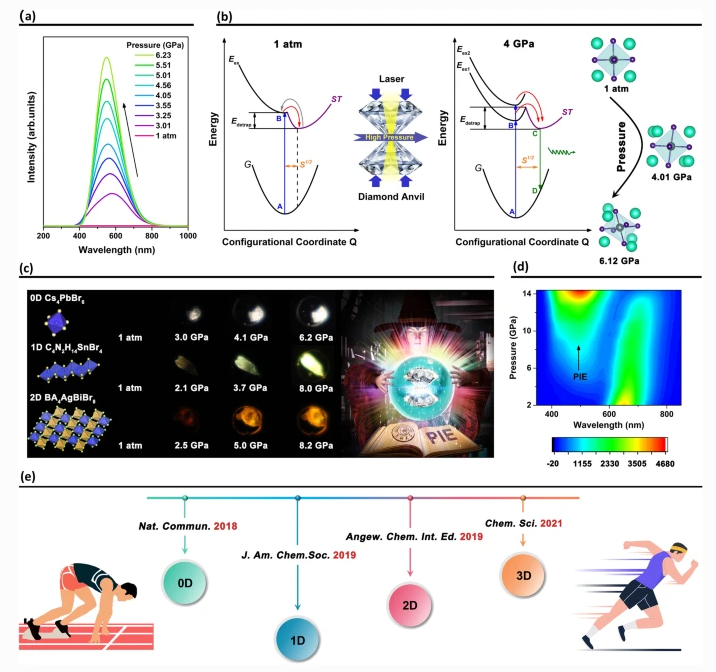
9. Advances of PIE from concept to applications a PL spectra of Cs4PbBr6 NCs under high pressure. b Illustration of PIE mechanism associated with exciton self-trapping in Cs4PbBr6 NCs.


